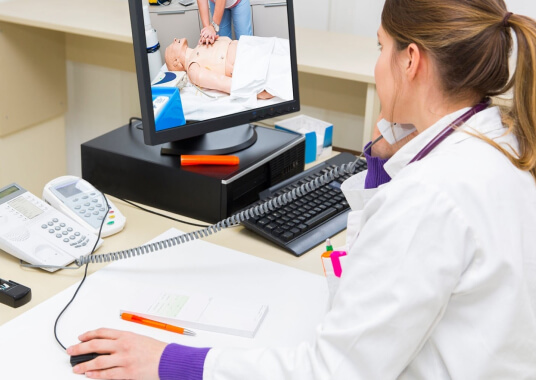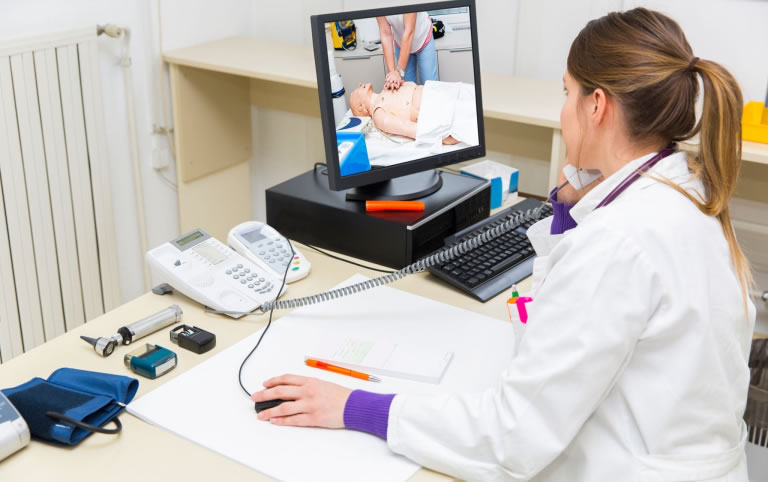CPR, First Aid, BLS, ACLS, PALS certifications.


With the widespread COVID-19 pandemic and the probability of an increase in cardiac arrests, interim 2020 AHA guidelines for CPR were released in April.
![]() (111,773 reviews with 4.8 stars)
(111,773 reviews with 4.8 stars)
$14.95 $24.90
| Chapters | CE Credits | Validity | Cost | Duration | ECC | Exam Attempts | Wallet Card |
|---|---|---|---|---|---|---|---|
| 12 | 4.0 | 2 Years | $14.95 | 1-2 Hrs | Compliant | Unlimited | Download/Print/Mail |
In April 2020, the American Heart Association (AHA) released updated CPR guidance to address the realities of the COVID-19 pandemic and the anticipated rise in cardiac arrests. These interim guidelines aim to:
Healthcare workers are often closest to patients who may be suspected or confirmed to have COVID-19—and as a result, are among those at highest risk of infection. These updates are designed to support safety while continuing effective care:
These adjustments were created to keep CPR as safe and effective as possible under pandemic conditions. This chapter in your Online CPR/AED Course provides essential guidance to help you respond with care and caution during COVID-related emergencies